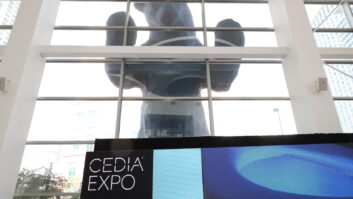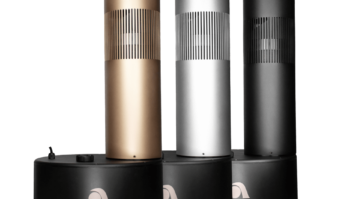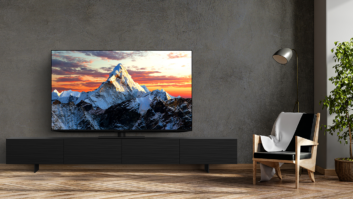Osaka, Japan –
revealed here Tuesday a plan to raise $1.6 billion (13.25 billion yen) by
selling a 10 percent stake in newly issued company shares to Taiwan-based
Foxconn Technology Group and an additional stake in its display unit to
Foxconn’s founder.
Foxconn, including Taipei-listed flagship company Hon Hai
Precision Industry, is to buy 9.9 percent of Sharp for 66.9 billion yen, Sharp
said in a statement.
Sharp will also sell Foxconn chairman Terry Gou 46.5 percent of
Sharp’s display unit for 66 billion yen, according to a Bloomberg report.
The move follows Sharp’s forecast last month for a record 290
billion-yen loss for the year ending March 31, resulting in large part from
tumbling TV profitability as set prices and consumer demand continue to
decline.
The company, as most Japanese firms, has been further crippled by
the rising value of the yen.
Foxconn also has an agreement to buy as much as 50 percent of the
LCD panels made by Sharp Display Products Corp., a venture with Sony Corp.
“In addition, this partnership allows each company to establish a
new business model, combining each company’s strength, to launch cost
competitive component and products fit to market demand by utilizing Sharp’s
potential for the development of one-of-a-kind components and products with Hon
Hai group’s mounting technology and cost competitiveness,” Sharp said in a
statement disclosing the deal.
At a press conference Tuesday, Takashi Okuda, who becomes Sharp’s
president on April 1, said that to remain competitive Sharp could no longer go
it alone from a design and development standpoint, according to a
Bloomberg
Business News report
.
Bloomberg said that Foxconn entities will buy 121.65 million new
shares in Sharp. Hon Hai Precision Industry Co., a fully owned unit of Foxconn
(Far East), will hold 6.6 percent of Sharp, and Foxconn Technology Co., a
Taipei-listed maker of computer casings and electronics, and unit Q-Run
Holdings Ltd. will own 3.3 percent.
The sale of its Sharp Display Products shares will cut Sharp’s
stake in the venture with Sony to 46.5 percent. Sony will keep its remaining 7
percent holding.
Sharp said last month it will reduce the output at its Sakai 10
Gen LCD factory by half, due to declining demand for panels to outside TV
makers. The plant is also expected to shift some of its capacity to production
of advanced IGZO panels that are used in smartphones and tablets.
Commenting on the deal in blog on Tuesday, David Hsieh,
greater China market VP,
said: “Sharp needs support to improve its financial situation and find a
solution for its Gen 10 capacity. Two years ago, Sony — the original joint
venture partner with Sharp in Gen 10 — decided not to increase its share in
the Gen 10 fab. Sharp has been seeking investment partners in its Gen 10 for
some time, and it is believed that Sharp has talked with Foxconn, TPV, and CEC
in China, among others.”
Hsieh pointed out that Sharp and Hon Hai created a strategic
alliance last July in LCD TV panel technology, with a license to Foxconn and
its LCD affiliate Chimei Innolux, particularly in wide viewing angle and high
transmittance processes.
Sharp also planned to buy some mainstream 32-inch and larger LCD
TV panels from Chimei Innolux while it refocused its Gen 8 for high-end mobile
PC panels, and Gen 10 for 60-inch and larger ultra-high-resolution panels.
Sharp’s U.S. sales operations issued a statement Wednesday
saying: “Sharp Corporation’s partnership with Hon Hai group will help realize
the full potential and capacity of our Gen 10 factory in Sakai, Japan. In the
increasingly competitive global market for LCD technology, this new partnership
will help us retain our competitive edge globally and continue our leadership
in large screen (60-inches and larger) LCD televisions in the U.S.
“Sharp Electronics Corporation is excited about this venture
which promises financial stability and continued strong growth for large screen
LED TVs in the U.S. market.”













